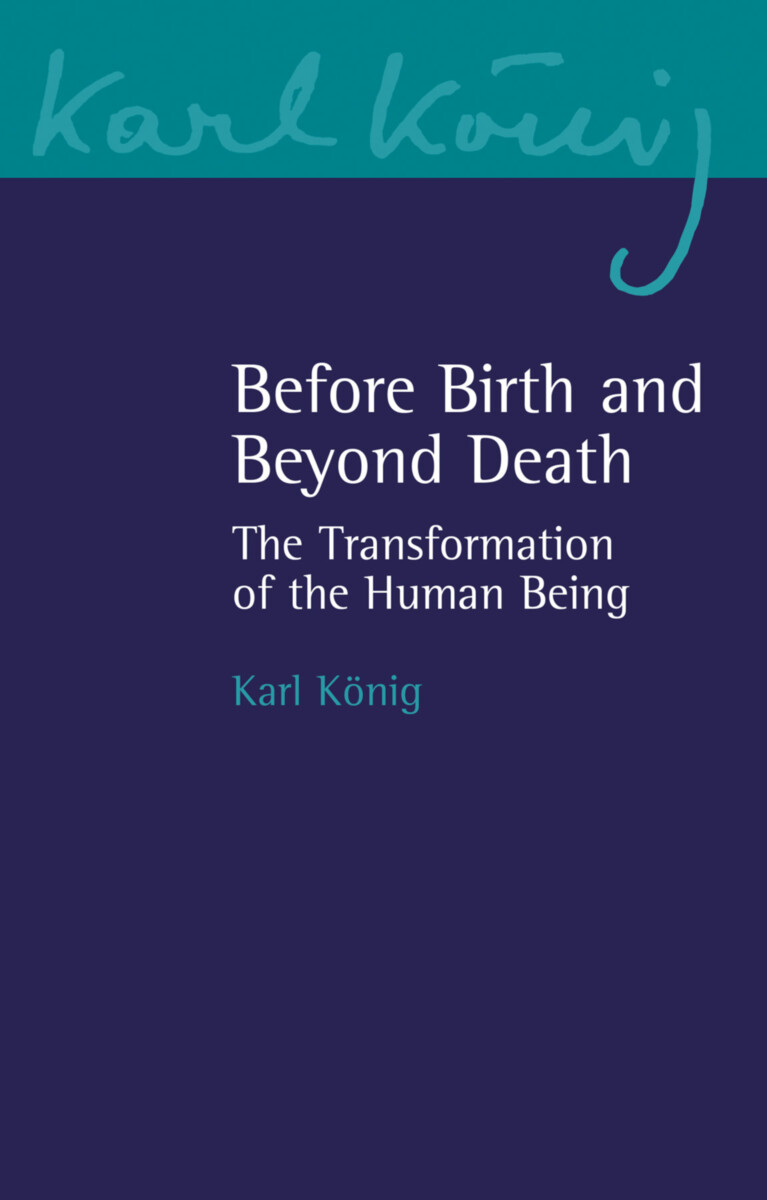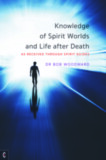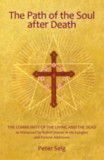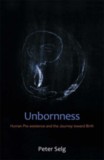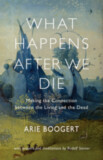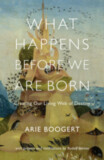- Publisher
Floris Books - Published
20th September 2021 - ISBN 9781782507192
- Language English
- Pages 144 pp.
- Size 5.5" x 8.5"
“We could all benefit positively if we direct our thoughts to all of humankind and consider that birth and death are only portals. We must recognize that the greater part of humankind exists beyond these portals and that we are one with them.” —Karl König
Karl König, following Rudolf Steiner's teachings, saw human beings as eternal, understanding that our time in earthly bodies is only one part of our journey. Our souls exist before birth and continue on beyond death, until they are reborn.
In these important lectures and essays, König asserts that the greatest part of our community exists beyond this earthly life. He calls on us not to neglect our connection with those who have died, encouraging us to solicit their guidance so that we might rediscover the spiritual values our society has lost.
In this remarkable book, König suggests that, by changing our everyday thinking, we can create a bridge across the threshold of death, allowing essential communication among humans in various states of being, and uniting humankind for the benefit of us all.
C O N T E N T S:
Introduction by Michael Bruhn
I. About Those Who Have Died
1. The Gate of Birth and the Gate of Death
2. Bridges to Those Who Have Died
3. The Path beyond Death
II. Poems
“The Death of Adalbert Stifter”
“Transformation”
III. Birth and Death
4. The Experience of Birth and Death in Child Development
5. The Moment of Death within the Yearly and Daily Rhythms
Appendix:
1. Preparatory Notes for a Lecture about Death, 1947
2. Obituary for Wolfgang Beverley
3. Translation of a Letter to Tilla Frahm
4. An Excerpt from Karl König’s Diary
5. Notes for a Lecture on Suicide, 1963
6. Notes from Karl König’s Last Lecture Series, 1966
7. Karl König’s Research into the Calendar of the Soul (Richard Steel)
Notes
Bibliography
Index
Karl König
Dr. Karl König (1902–1966) born on September 25th 1902 in Vienna, Austria, the only son of a Jewish family who owned a shoe shop. He studied zoology, biology, and medicine at the University of Vienna, graduating in 1927. During his studies on embryology, König encountered the works of Rudolf Steiner through Goethe's scientific writings. He immediately identified with Steiner and was soon acquainted with a number of his followers, including Ita Wegman.
Upon graduation, König was offered several high-profile positions in Vienna, but instead accepted an invitation from Ita Wegman to join her clinic in Arlesheim, Switzerland.
König's time at the Clinic would shape the Camphill movement. It was here that he met his wife and co-founder, Tilla Maasberg, and it was here that he first witnessed the Advent Garden. During this festival, during which children with learning disabilities circle a spiral of moss, lighting a candle from a large central beacon, he promised to dedicate his life “to the care and education of these children.”
Following his time at Arlesheim, König moved to Germany and was involved in founding the Pilgramshain Institute—one of the early curative educational (therapeutic) centers based on anthroposophy. However, due to the political pressure of the Nazi regime, König was forced to leave Germany in 1936. He returned to Vienna, where he operated a successful medical practice and led anthroposophic study groups until 1938.
Fleeing Austria after Nazi annexation in 1938, König became part of a small group of doctors, teachers, and artists to be granted political asylum in the United Kingdom in 1939. König moved to Aberdeenshire, Scotland, where this group founded a home for children with learning disabilities, which became the beginning of the Camphill movement. After World War II, more schools were established, as well as curative education villages for adults with disabilities, based on the ideal of working together as a community.
In the following decades, König's Aberdeenshire community grew and expanded into Britain, Europe, and North America, becoming the Camphill movement we know today. During this period, König worked tirelessly to help children and adults with special needs through publications, talks, and seminars—as well as by establishing communities around the world.
Karl König returned to Germany in 1964 and began yet another community, this one near Überlingen, on Lake Constance (Bodensee), where he died in 1966.


